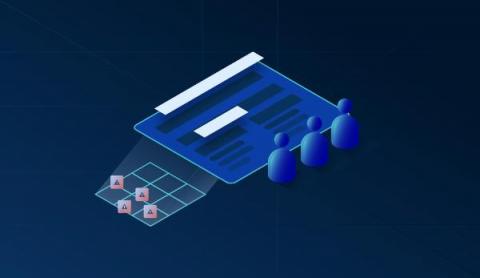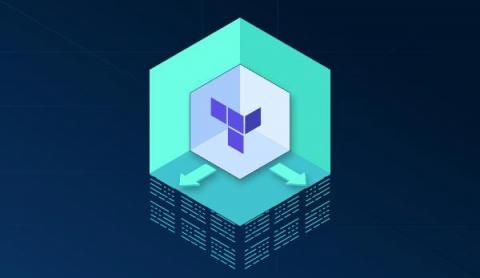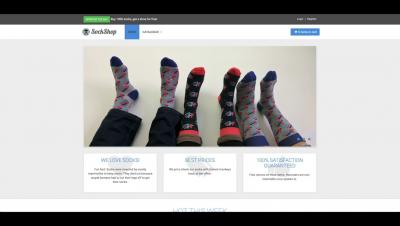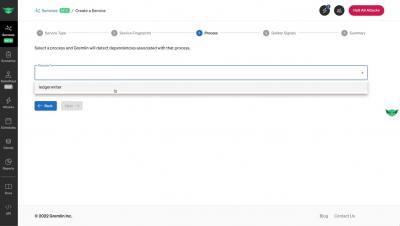Operations | Monitoring | ITSM | DevOps | Cloud
September 2022
On-Call Schedules - Best Practices in 2022 (With Examples)
DevOps vs. SRE: What's the Difference?
Despite there being significant differences in the roles, DevOps and Site Reliability Engineering are often lumped together because many people assume they do similar work. Although both attempt to reduce the issues arising from software development processes, their goals, skill sets, and approaches are actually quite different. DevOps engineers focus on the development pipeline, and their goal is to enable better development processes and workflows.
Service Catalog: Simplifying Service Management and Ownership
Exploring PagerDuty Alternatives for Incident Response
Incident response refers to effectively responding to infrastructure issues and resolving them in the shortest time frame possible. Due to several loss-inducing high-profile outages over the last few years, organizations have sought to create rigorous processes with specialized tools to resolve incidents quickly and learn from their failures. As one of the first platforms to enter the incident response space, PagerDuty is a dominant player, but over the years, competing platforms have begun carving out their own niche in the incident response space.
The Importance of Observability for Site Reliability Engineers (SREs)
Site reliability engineers (SREs) play a crucial role in ensuring the reliability of systems. From creating software to improving system reliability in production, responding to incidents, and fixing issues, SREs are responsible for guaranteeing the health of applications.. And observability helps support SREs'. Because an observable system allows them to identify and fix issues promptly, resulting in SRE's being better equipped to fast-track development cycles.
Tips to make your Retrospectives Meaningful
What DevOps, SRE and CloudOps teams can learn from CEOs
What can IT teams learn from today’s most successful CEOs? And, perhaps more interestingly, how can IT pros think like a CEO to level up teams across DevOps, SRE and CloudOps? Find out here.
Introducing Webforms - Involve end users directly into your Incident Management process
What's difficult about problem detection? - Three Key Takeaways
Blameless Announces New Integrations with ServiceNow and Microsoft Teams to Centralize and Speed Incident Management
Managing Squadcast resources with our expanded Terraform provider
Blameless Expands Microsoft Partnership to Deliver Faster, More Intuitive Incident Response Collaboration
SRE vs DevOps: Can they coexist or do they compete?
Using Observability with Kubernetes to Automate Site Reliability Engineering
What Is Incident Management? Everything You Need To Know
What is a Security Operation Center and how do SOC teams work?
What are the four Golden Signals?
When it comes to building reliable and scalable software, few organizations have as much authority and expertise as Google. Their Site Reliability Engineering Handbook, first published in 2016, details their practices to maintain reliability as Google scaled. But when you have over a million servers running thousands of services across more than twenty data centers, how do you monitor them in a consistent, logical, and relevant way?






















